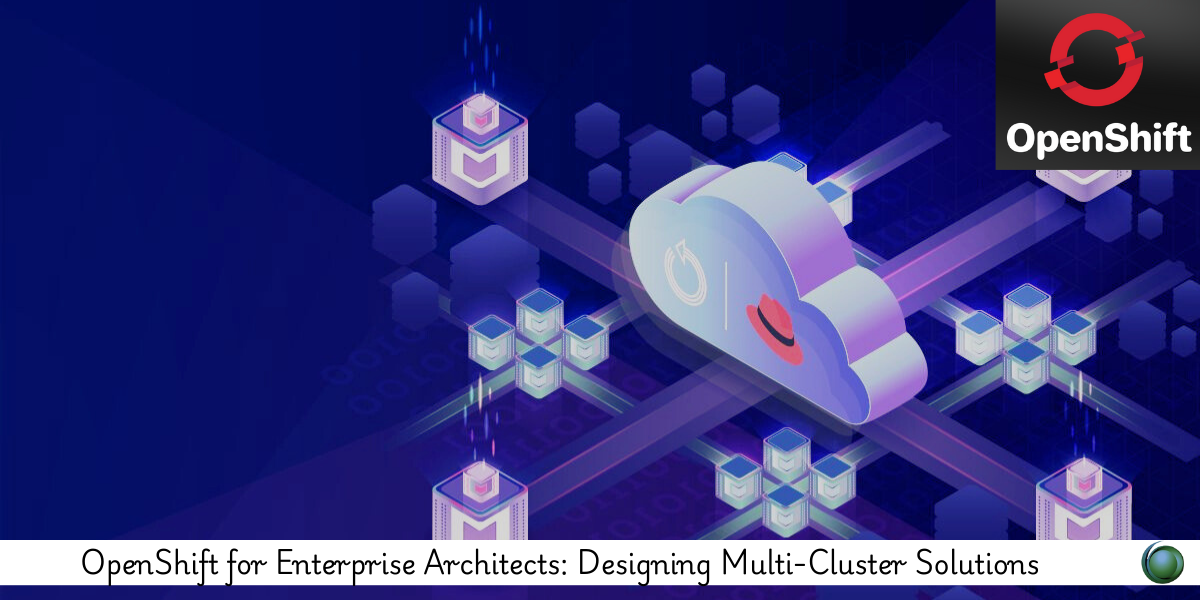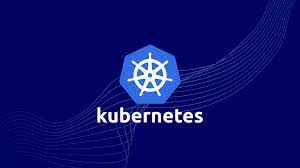Description
Introduction
As enterprises scale their Kubernetes infrastructure, multi-cluster OpenShift architectures have become vital to support regional workloads, high availability, disaster recovery, and compliance. This course is designed for enterprise architects seeking to design robust, secure, and scalable OpenShift multi-cluster solutions tailored to business needs. Participants will explore architecture patterns, cross-cluster communication, governance strategies, and hybrid cloud deployment approaches using OpenShift.
Prerequisites
-
Strong understanding of OpenShift and Kubernetes architecture
-
Familiarity with container orchestration and platform-as-a-service (PaaS) concepts
-
Basic knowledge of cloud computing models (public, private, hybrid)
-
Experience with OpenShift installation and operations is recommended
Table of Contents
1. Introduction to Multi-Cluster OpenShift
1.1 What is a Multi-Cluster Strategy?
1.2 Benefits and Use Cases
1.3 Challenges and Considerations
2. Cluster Topologies and Design Patterns
2.1 Hub-and-Spoke vs. Mesh
2.2 Regional and Disaster Recovery Clusters
2.3 Hybrid and Multi-Cloud Models
3. OpenShift Cluster Manager (OCM) and ACM (Advanced Cluster Management)
3.1 Cluster Lifecycle Management
3.2 Policy and Governance Control
3.3 Centralized Monitoring and Insights
4. Federation and Inter-Cluster Communication
4.1 Cross-Cluster Service Discovery
4.2 Submariner and Global Load Balancing
4.3 DNS and Network Strategies
5. Identity and Access Management (IAM) Across Clusters
5.1 Centralized Authentication
5.2 Role-Based Access Control (RBAC) Federation
5.3 SSO Integration and Policy Enforcement
6. Application Deployment in Multi-Cluster Environments
6.1 Multi-Cluster GitOps with ArgoCD
6.2 CI/CD Pipeline Architectures
6.3 Workload Placement and Failover
7. Observability and Logging Strategies
7.1 Centralized Monitoring with Prometheus & Grafana
7.2 Multi-Cluster Logging with Loki and Elasticsearch
7.3 Alert Routing and Escalation
8. Governance, Risk, and Compliance (GRC)
8.1 Policy Enforcement with ACM
8.2 Auditing Across Clusters
8.3 Ensuring Regulatory Compliance (HIPAA, PCI, etc.)
9. Disaster Recovery and Business Continuity
9.1 Backup and Restore Strategies
9.2 High Availability and Failover Design
9.3 Regional Workload Migration
10. Cost Optimization and Resource Planning
10.1 Sizing Workloads Across Clusters
10.2 Autoscaling and Node Pool Design
10.3 Budgeting for Multi-Cloud Deployments
11. Case Studies and Reference Architectures
11.1 Global Financial Services
11.2 Healthcare Compliance Deployments
11.3 Retail and Edge Clustering
12. Emerging Trends and Roadmap
12.1 Edge Computing and 5G with OpenShift
12.2 Zero Trust Architecture
12.3 Future of Multi-Cluster Kubernetes
Architecting a multi-cluster OpenShift platform requires thoughtful planning, domain expertise, and a clear understanding of enterprise needs. This course has guided you through proven strategies and modern tooling that enable scalable, secure, and resilient multi-cluster designs across environments. You’re now prepared to lead OpenShift architecture for the enterprise with confidence.







Reviews
There are no reviews yet.